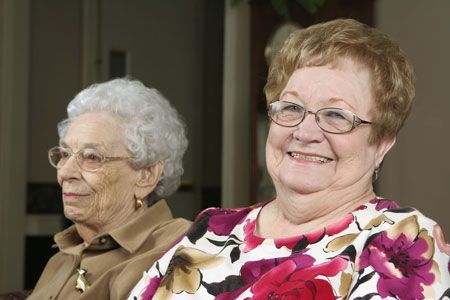Minnesota Medicaid Long Term Care Eligibility in 2025
Minnesota Long Term Care

To receive long-term care benefits in Minnesota, individuals must meet institutionalization requirements, including at least 30 consecutive days in a nursing home, ICF/MR, or hospital. A long-term care consultant must screen the applicant, and the recipient must expect to receive Elderly Waiver or Alternative Care services for at least 30 consecutive days within 60 days of the screening. Asset limitations described below apply from the first day of institutionalization, regardless of the application date.
Eligibility for 2025:
1. Residency and Citizenship – The applicant must be a Minnesota resident and a U.S. citizen or have proper immigration status.
2. Age/Disability – The applicant must be 65 years or older, blind, or disabled. Medical requirements must align with the level of care requested.
3. Income Limitations – A single applicant’s income (wages, Social Security benefits, pensions, veteran’s benefits, annuities, SSI payments, IRAs, etc.) must be less than $1,255 per month. Income above this can still qualify if spent on care. A personal needs allowance of $128/month is excluded from countable income.
4. Asset Limitations (Exempt vs. Available) – Medicaid divides assets into Exempt and Available. Exempt assets are not counted for eligibility, while non-exempt assets must be spent on care costs. Minnesota enforces a 5-year look-back period for transfers below fair market value. Financial eligibility is reviewed annually, with no cap on service duration.

Exempt Assets in 2025 for an applicant in Minnesota include:
i. $3,000 or less in cash/non-exempt assets if single; $6,000 if married. Exceeding these limits on the first day of the month results in ineligibility for that month.
ii. Personal effects and household goods.
iii. One home (equity limit $788,000) is exempt if occupied by a spouse, a child under 21, or a disabled individual. Transfers without penalty are allowed to:
- The spouse.
- A natural, adopted, or stepchild under 21 or who is blind or disabled.
- A sibling with equity interest who lived in the home for at least one year prior to institutionalization.
- An adult who provided care, delaying institutionalization for at least two years.
iv. One motor vehicle used for medical treatment, employment, or as the community spouse’s primary vehicle.
v. Burial spaces and funds up to $1,500 per spouse; irrevocable pre-paid burial trusts up to $2,500.
vi. Life insurance policies for each spouse, if the total face value does not exceed $1,500.
vii. Business capital and operating assets necessary for income generation.
Spousal Rules for 2025:
The community spouse may retain non-exempt resources owned by either spouse, up to a maximum of $157,920. If combined assets are under $30,027, additional transfers may be made to meet this threshold.
The community spouse may retain part of the institutionalized spouse’s income if their monthly income is below $2,555. High shelter costs may increase this to a maximum of $3,948. Minnesota uses an “income-first” approach, factoring in the institutionalized spouse’s income before raising the community spouse allowance.
Minnesota Long Term Care Insurance Partnership in 2025:
This state-private partnership protects assets dollar-for-dollar for policies purchased. For example, a policy with a $200,000 benefit exempts $200,000 in assets. Each spouse must purchase a separate policy for eligibility.
Further Reading:
2025 Legislative Guide to Long Term Care Funding: http://www.house.leg.state.mn.us/hrd/pubs/MAasset.pdf
Application Forms for Minnesota: https://mn.gov/dhs/people-we-serve/adults/health-care/health-care-programs/resources/paper-applications.jsp

